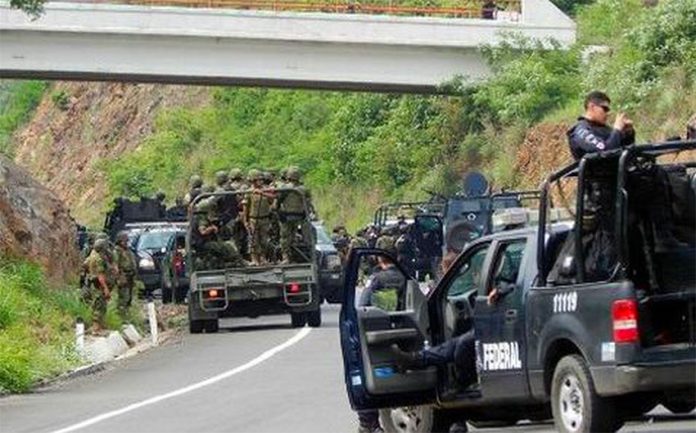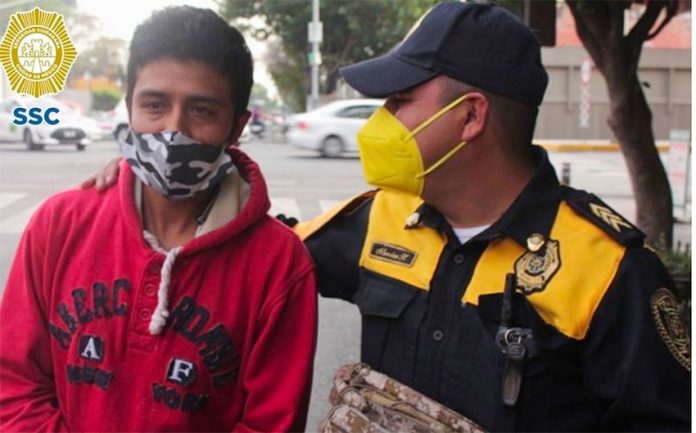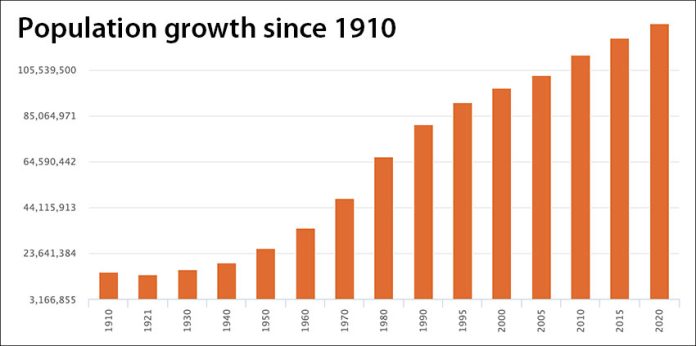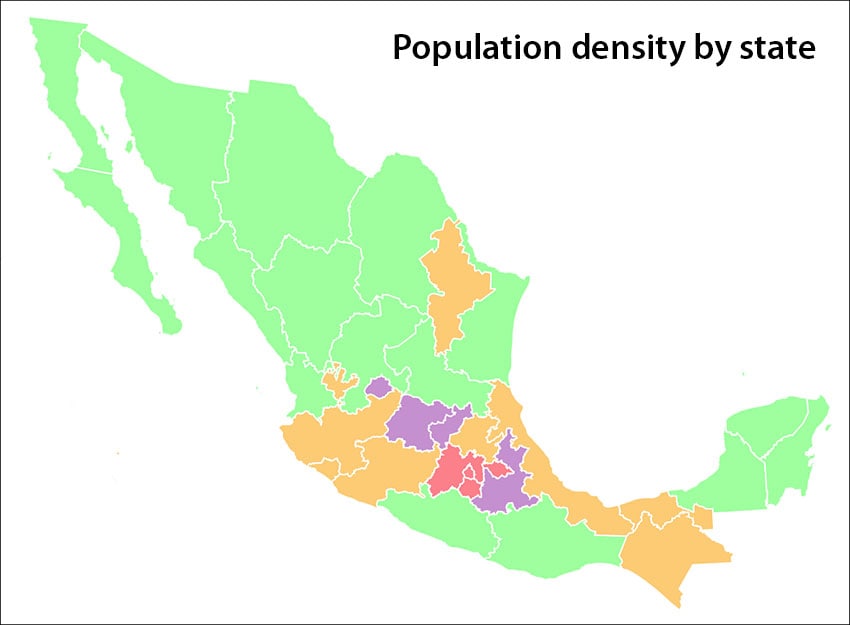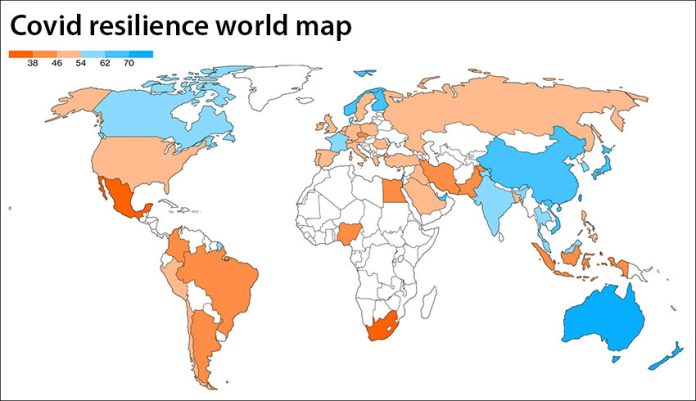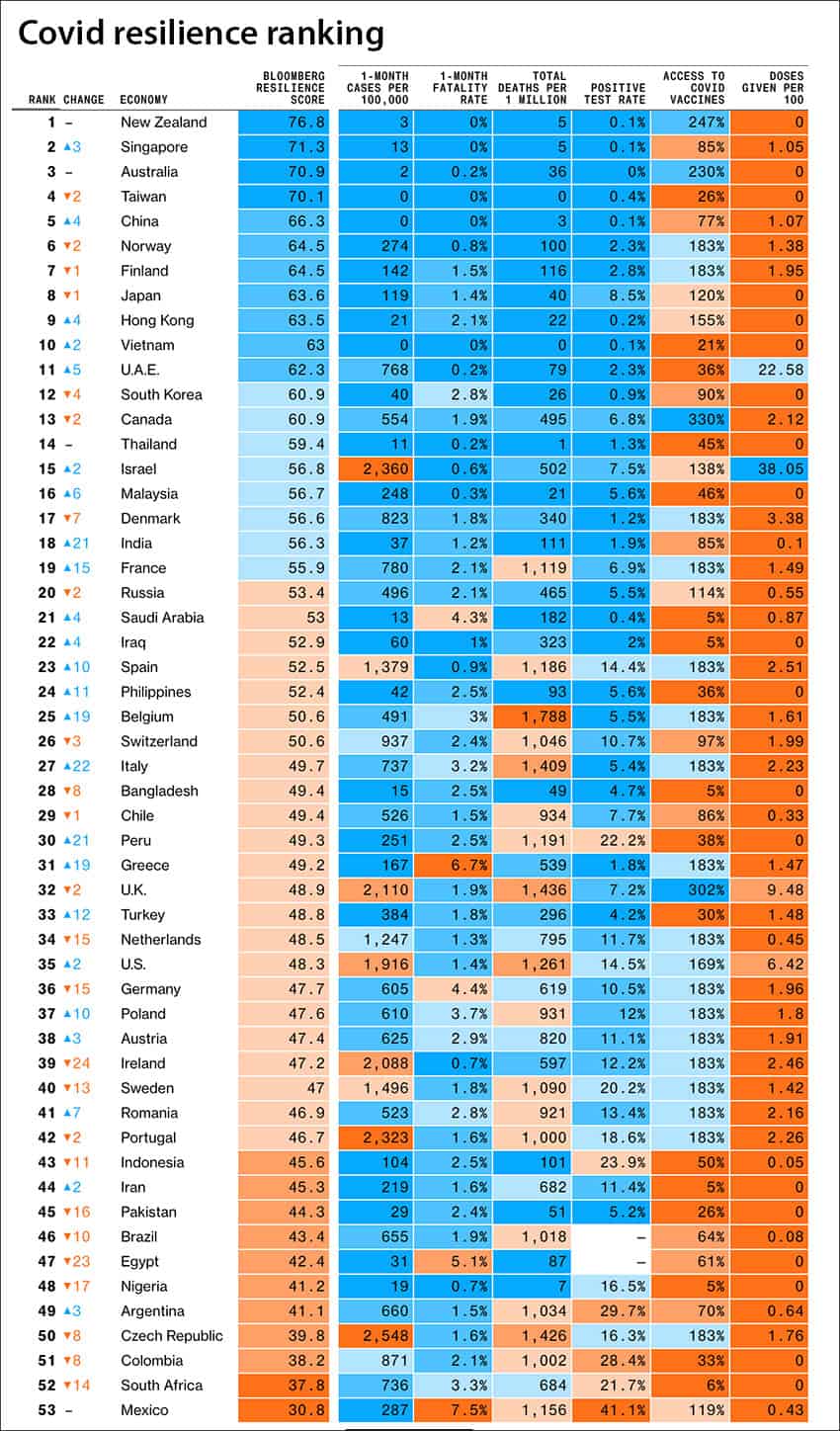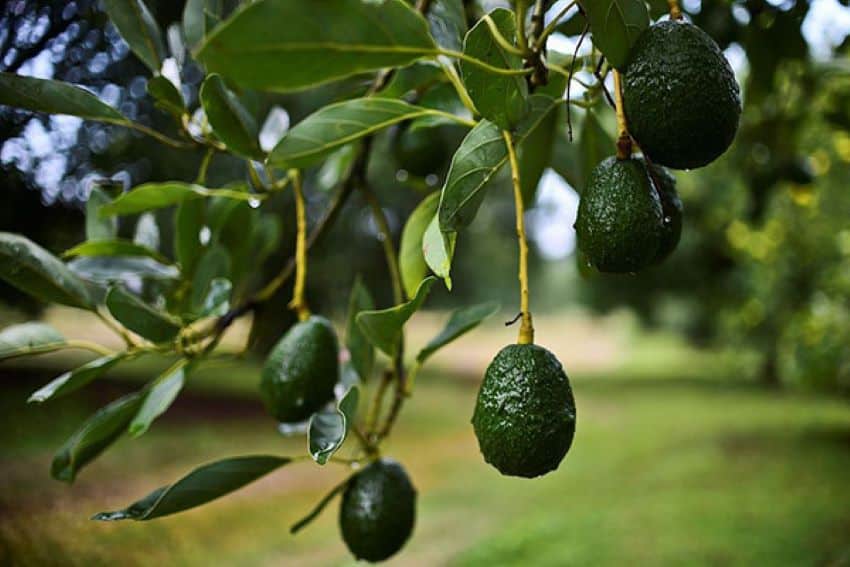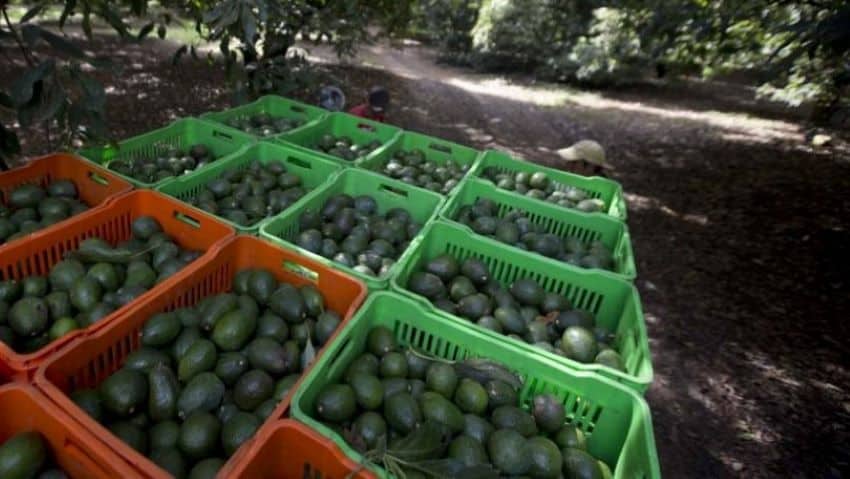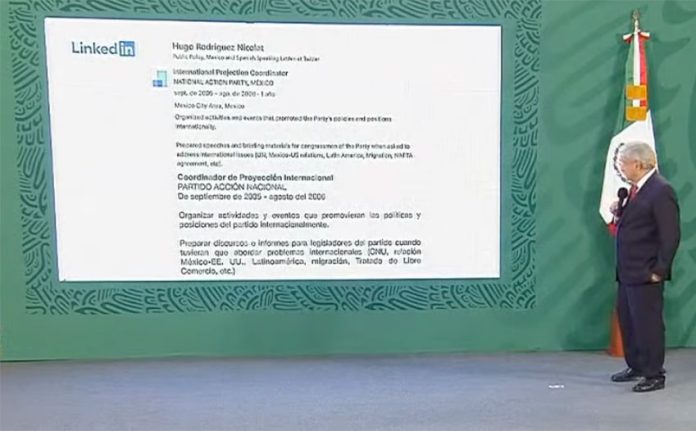A shipment of about 200,000 doses of Russia’s Sputnik V vaccine will arrive in Mexico next week, a senior health official said Tuesday.
But it is not yet known when the doses may be administered because Cofepris, Mexico’s health regulator, has not authorized the Russian vaccine.
Juan Ferrer, head of the government’s universal health care scheme, announced the forthcoming arrival of the first of many shipments of the two-shot Sputnik V, telling reporters at a press conference Tuesday morning that the purchase “opens up new hope” for Mexico.
The news comes after President López Obrador said Monday that he reached an agreement with Russian President Vladimir Putin for 24 million doses of the adenoviral vector-based vaccine to be sent to Mexico.
Sputnik V – which the Russian government says is 91.4% effective – was approved by Iran on Tuesday and was earlier authorized by Argentina, Algeria, Bolivia, Hungary, the Palestinian Authority, Paraguay, Serbia, Turkmenistan, the United Arab Emirates and Venezuela, according to The New York Times vaccine tracker.
López Obrador said last week that Cofepris’ approval of the vaccine was imminent, and Health Ministry Director of Epidemiology José Luis Alomía said much the same on Monday night. Ferrer said Tuesday that the health regulator already has all the necessary documentation to assess the vaccine’s suitability for approval.
Russia said that no unexpected adverse events were identified in phase three trials and the director of the government institute that made it said it is highly effective and completely safe.
But a molecular biologist claims that Russia failed to provide sufficient information to back up its claims. Roselyn Lemus-Martin, an Oxford University-educated cancer and Covid-19 researcher, told the newspaper Milenio that scientists have detected that some of the data published by Russia about the Sputnik V vaccine was falsified and is not correct.
She also raised concerns about the potential for Cofepris to approve the Russian shot quickly “without correctly assessing the efficacy and safety data.”
In addition, Lemus-Martin expressed concern about China’s single-shot CanSino Biologics Covid-19 vaccine – of which Mexico intends to purchase 35 million doses – saying that it generates a very weak response in people aged over 55 and therefore shouldn’t be given to seniors.
The federal government presented a five-stage vaccination plan in December that stipulates that health workers will be immunized in the first stage and seniors in the second. First preference in the second stage will go to those aged over 80 followed by those in the 70-79 and 60-69 age brackets.
The government has so far announced plans to use the Pfizer/BioNTech, AstraZeneca/Oxford University, Sputnik V and CanSino vaccines to inoculate all Mexicans who agree to being vaccinated. As of Tuesday afternoon, Cofepris had only approved the first two.
Deputy Health Minister Hugo López-Gatell, who is leading the government’s pandemic response, said Monday that Mexico was not currently planning to purchase the Moderna vaccine, which works in a similar way to the Pfizer shot (but is more expensive) and has already been approved in the United States, Canada, the United Kingdom and the European Union.
“With the different purchases we have up until now, we calculate we’ll have enough” vaccines to inoculate all citizens, he said.
The deputy minister said that Moderna, a United States-based pharmaceutical company, has approached Mexico about authorizing its Covid-19 vaccine, adding that the possibility could be considered at a later date. (One advantage the Moderna vaccine has over the Pfizer one – both vaccines are about 95% effective – is that it can be stored at regular, rather than ultra-low, freezer temperatures.)
Meanwhile, Mexico continues to administer the Pfizer vaccine to health workers although the pace of application has declined in recent days. The delivery of new shipments has been delayed as the pharmaceutical company carries out work to upgrade its plant in Belgium.
Only 8,279 doses were administered on Monday, according to data presented at the Health Ministry’s nightly coronavirus press briefing, lifting the total number of shots applied to health workers to just over 642,000. More than half a million health workers have only received one of the two required doses.
Preparations are underway to begin the vaccine rollout to seniors. It appears likely that the first jabs will be administered to Mexico’s dones and doñas sometime in early February.
Ferrer, the government’s universal health care chief, said Tuesday that the Welfare Ministry is currently calling seniors to find out whether they want to be vaccinated or not. He noted that there are approximately 15 million seniors in Mexico, adding that about 20% are housebound and will have to be vaccinated at their homes.
The government is aiming to vaccinate most of the nation’s older population by the end of March. Foreign Affairs Minister Marcelo Ebrard said last week the government expects to inoculate almost 14.2 million people by the end of that month, a figure that represents about 11% of Mexico’s total population.
Source: Reforma (sp), Milenio (sp), El Financiero (sp)
